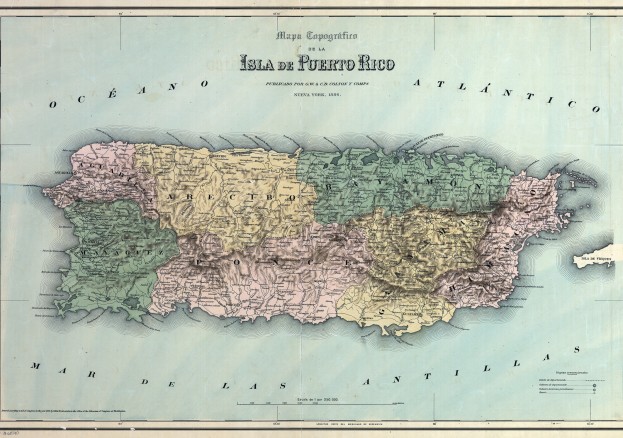
The Ortoiroid people were the second wave of human settlers of the Caribbean who began their migration into the Antilles around 2000 BCE. They were preceded by the Casimiroid peoples (~4190-2165 BCE) and existed before the Saladoid peoples who settled around 500BCE.
The Ortoiroid are believed to have originated in the Orinoco valley in South America, migrating to the Antilles; covering the islands from Trinidad and Tobago to Puerto Rico. The name “Ortoiroid” comes from Ortoire, a shell midden site in southeast Trinidad which defines the accumulation of their culture and living style.
The Ortoiroid are believed to have developed in South America before moving to the West Indies. The earliest radiocarbon date for the Ortoiroid is 5230 BCE from Trinidad.
The two earliest Ortoiroid sites in Trinidad are the Banwari Trace and St. John site in Oropouche which date back at least to 5500 BCE. At this time, Trinidad might have still been connected to the South American mainland.
The majority of archaeological sites associated with the Ortoiroid are found near or on the coasts. Tobago has at least one Ortoiroid site, Martinique has two, and Antigua has 24 Ortoiroid shell-midden sites ad it is believed that the Ortoiroid peoples settled on St. Kitts from 2000 BCE to 400 BCE.
In the north, two distinct Ortoiroid subcultures have been identified: the Coroso culture, which flourished from 1500 BCE–200 CE, and the Krum Bay culture, which spanned 1500—200 BCE. The Coroso people lived in Puerto Rico, where the oldest known site is the Angostura site, dating from 4000 BCE. The Krum Bay people lived in the Virgin Islands.
Krum Bay culture, which emerged between 800 BCE and 225 BCE, also extended to St. Thomas.
The Ortoiroid are considered the first settlers of the archipelago of Puerto Rico; however, recent reexamination of date, artifact, and agricultural evidence and of assumptions about culture has suggested a more complex picture and that the group may have begun changing their culture; or they may have been cohabiting the island. As of yet, this information is unknown due to the continental shift which took place on Puerto Rico between 5000BCE and 2008 when these shells were verified.
Culture and Decline
Ortoiroid peoples were hunter-gatherers, primarily relying on Shellfish as a part of their diet; going so far as to eat turtles, crabs, and fish.
They were known for their lithic technology but did not have ceramics. Ortoiroid artifacts include bone spearpoints, perforated animal teeth worn as jewellery, and stone tools, such as manos and metates, net sinkers, pestles, choppers,hammerstones, and pebbles used for grinding.
Ortoiroid people lived in caves and in the open. They buried their dead in soil beneath shell middens. Red ochre was found at some sites and may have been used for body paint.
The Ortoiroid were displaced by the Saladoid people in the West Indies. In many regions, they disappeared by approximately 400 BCE; however, the Coroso culture survived until 200 CE.
